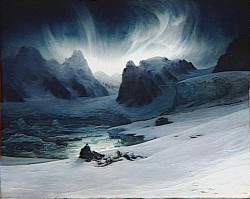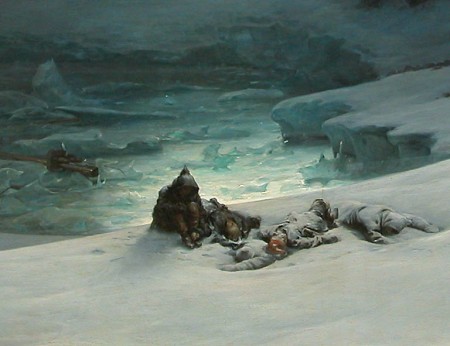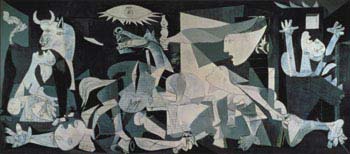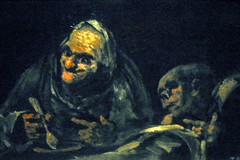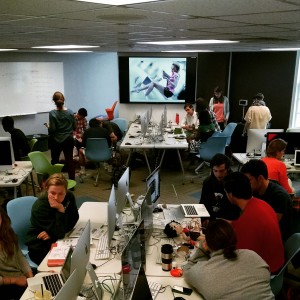
The Digital Studies program at Davidson College is growing! We now offer an interdisciplinary minor and, through our Center for Interdisciplinary Studies (CIS), an interdisciplinary major. Last year Digital Studies and the History Department partnered on a tenure-track search—leading to Dr. Jakub Kabala joining Davidson as a digital medievalist with a background in computational philology and digital spatial analysis.
I’m delighted to announce that Digital Studies is collaborating once again on a tenure line search, this time with the Art Department. Along with Jakub and myself, this position will form the core of the Digital Studies faculty. My vision for Digital Studies has always emphasized three areas: (1) the history, practice, and critique of digital methodologies; (2) the study of cultural texts, media, and practices made possible by modern technology; and (3) the design and creation of digital art and new media, which includes robotics, interactive installations, and physical computing. Roughly speaking, I think of these three areas in terms of methodology, culture, and creativity. This latest tenure track search addresses the last area, though of course the areas blur into each other in very interesting ways.
Here is the official search ad for the digital artist position. Please share widely!
Davidson College invites applications for a tenure-track Assistant Professor of Art and Digital Studies, with a specialization in interactive installation, transmedia art, robotics, data art, physical computing, or a similar creative field. Artists must demonstrate a distinguished record of creative work and a commitment to undergraduate education. Preference will be given to artists with a broad understanding of contemporary trends in Digital and New Media Art, including its history, theory, and practice. MFA by August 1, 2016 is required.
This tenure-track position is shared between the Art Department and Digital Studies Program. Art and Digital Studies at Davidson explore the contemporary technologies that shape daily life, focusing on critical making and digital culture. The successful applicant will teach in both Studio Art and Digital Studies. The candidate’s letter of application should highlight experiences that speak to both roles. The teaching load is 5 courses per year (reduced to 4 courses the first year). Classes include introductory and advanced digital art studio courses, as well as classes that focus on digital theory and practice.
Apply online at http://jobs.davidson.edu/. A complete application includes a letter of application, CV, artist’s statement, teaching philosophy, and a list of three or more references. In addition, submit links for up to 20 still images or up to 7 minutes of video in lieu of a portfolio. The application deadline is December 1, 2015. Do not send letters of reference until requested.
Davidson is strongly committed to achieving excellence and cultural diversity and welcomes applications from women, members of minority groups, and others who would bring additional dimensions to the college’s mission. Consistently ranked among the nation’s top liberal arts colleges, Davidson College is a highly selective, independent liberal arts college located in Davidson, North Carolina, close to the city of Charlotte. Davidson faculty enjoy a low student-faculty ratio, emphasis on and appreciation of excellence in teaching, and a collegial, respectful atmosphere that honors academic achievement and integrity.
